Star: Yeah. Elders would often say to me when I was younger, “closed mouths don’t get fed,” and I would roll my eyes. But clearly there’s some old-school wisdom in just asking.
Sean: There’s also the inherent “grind” or “hustle” ethos. No one is opening doors for us, but we want the work to happen. So we, in our roots, make it happen. I continue to operate from that place as opposed to, “I would like to ask if you would consider supporting this thing.” That’s because: A, I’m tired of getting fronted on and B, we got shit to do that we want to make happen. There’s an urgency to the work. There’s certainly a timeliness to the way you and your words work, Star. We found we have an amazing opportunity because we didn’t really have to convince Mellon. We proposed this structure. They were looking to support in the most comprehensive way they could, so it made sense.
Mina: I also think that Campo Santo and Crowded Fire both make work centering people as a family. Strength in numbers. There’s a collective wisdom that happens in spaces like that. If people are like, “This is mine. I can only do this one way,” but that way just relies on a relationship between one artistic director and one playwright, if it doesn’t go well or there’s a lot of obstacles or too much of an inflexible structure, it’s harder to focus on the art.
We’re nimble. We’re used to broadening our resources through sharing. It’s not because we get more of the pie—although I wish that was the case. It’s because we share what we have. Everyone’s now talking about scarcity versus abundance modalities. It’s one thing to talk about it in theory and it’s another thing to practice it. It takes more effort and time, but we have to make the time. We’re all in it together. We’re meeting together regularly and we’re sharing truth together, even when truths can be hard.
Sean: It shows we’re on that “one mind” vibe. Propriety rears its ugly face in collaboration so much: “Well whose theatre is it for? Whose logo is in front?” I don’t give a damn. If it’s about the work, I want the work to happen. Of course I want our name attached to it because we feel like we’re a part of it. But why the focus on propriety when we’re in a field that is so-called nonprofit art? What is the old basketball analogy that is attributed to coach John Wooden? It’s like, “It is amazing how much can be accomplished if no one cares who gets the credit.”
We want to win, meaning we want to put the work into the community and out into the world. We want the people to receive the thing. For me, it goes way back to when I was reared at Intersection for the Arts under Deborah Cullinan and she was like: “Let’s plant all the seeds in the building.” When Mina and I got together, there was never a discussion about who would get what or what it meant in terms of royalties. That stuff seems to actually work against what Mellon is saying. Mellon’s saying support the writer, and if arts organizations or theatres get in the way, then that dilutes the whole thing.
Mina: Star is always at the center. Star, you are at the center of so much of what and how everything is for this residency. I feel like our approach with a playwright is always: What is important to you? What is the work that you’re in the middle of right now? What does the work need? That stuff is not only important in the rehearsal hall. It’s present in how organizations live artistically, which means their creativity, flexibility, adaptability, and their ability to actively listening. If there is a part that is hard, how do we jump in and fill in?
Star: For sure. And I would add that the feeling of being centered in the process existed before NPRP. I think that was just inherent to our individual relationships. I always say—not even joking—that if it wasn’t for Campo Santo, I don’t think I ever would’ve got put on. For a playwright, you need that first play for anybody to take you seriously; for anybody to really take your play out of the slush pile. Nobody was checking for me or my imagination or what angle I was entering into the work from. I needed somebody like Sean and the whole crew from San Francisco who grew up in the same neighborhoods and understand where I’m coming from. We naturally speak the same language. Pretty much everything that’s happened for me since my first play at Campo came out of that.
I’m not a networker. I’m not going to be phony with you to get something from you. I don’t know how to do that. That’s what makes this all the more joyful for me: it is real, authentic, and came about naturally over time. It’s not one of those situations where I meet a theatre and they’re like, “Oh, a woman of color. Let’s go for a grant together,” but we don’t even know each other or have any sort of working relationship.
So, I know we’re looking back a couple of years now, but what do you remember about the application process and how did you come up with a game plan?
Sean: It really follows suit. There was no, “Hey, let me pitch something to you.” It was more, “Wouldn’t this be hype if we could get this on?” So as soon as Mellon was like, “Yeah, you can throw your hat in the ring,” then it was all cool. In some ways it was… I wouldn’t say easier, but it was as fluid and organic as if Campo Santo’s producing director Joan Osato and I would’ve sat down and clanged out an application for Campo Santo alone. There was no added layer of circuitous discussion like, “Well, how do we say this in the business world? How do we negotiate terms a little?” It was really straight up like, “Let’s answer these questions together.”
I will say a thing that was really great was when it was getting late in the game and we needed more of a statement from you, Star. We had statements from what we at Campo Santo and Star codified working together and I was like, “Let’s work with this.” And Bethany was like, “But this is today, and this is now. Why don’t we just ask Star the questions and write that?” So it was basically Star and Bethany pressing record and transcribing that conversation. I know people reading this might be going, “Duh.” But it’s not “duh” because grants are so fucking manipulated and gatekept and coded. It often feels like, “I have to figure out what the doorman’s thinking and what cute little look I should wear and if I should walk with my homeboys or not.” In grant writing, there’s always a big ass dude at the door, just arms crossed looking like, “Yeah. What?” That’s my club kid analogy of how grant writing works!
But with this experience, it was plug and play. Star said it: we put it down, and it was instantly hype. Bethany sent it to me after Mina and her worked on it and I said, “Oh snap!” That’s how a funding or grant application process should be. A new idea is articulated and that’s the great dividend of working on an application: at least I can come out on the other side going, “It’s articulated now.” Going back to what Mina was saying—because our approach was centered around your ideas and needs as a playwright, Star—it’s obviously new, the visioning and thinking. That was just a thrill.
I’m not a networker. I’m not going to be phony with you to get something from you. I don’t know how to do that. That’s what makes this all the more joyful for me: it is real, authentic, and came about naturally over time.
Mina: It is also because Star, you were already in the middle of doing work with Crowded Fire and Campo Santo, so there was an abundance of things coming up, regardless. That commitment, even prior to this, made so much sense. I think what was so great was that we were in and out of this writing process all together, and all our voices could be heard inside of it. That’s pretty rad.
The kind of remarkable thing that’s going to happen—and has and continues to happen—is that we’re all learning from each other. When I’m in the middle of writing grants and conceiving new ideas with our whole team, it’s the moment of potential genesis. It’s hard because I’m like, “Do I want to even hold this idea in my hand because it may never get funded?” To do all that work for nothing and get my heart set on something is hard but that’s part of what we do. We make things. We were putting it out there and it had all our ideas and thoughts. Even in applying for NPRP, we learned from each other, and that continues to happen. That is why this collaboration works on so many levels.
Even to get to the application process, two organizations have to understand that centering the playwright is a different act than saying, “Oh, this residency is a gift to one playwright inside of my large organization that has all these ten million other things going on.” For us, we were already doing this, so there had to be a level of trust to be like, “Yes, we’re going in.” We knew, working with one another would take a level of collaboration, meetings, and getting on the same page in many different ways. Having that was already a step towards making this really beneficial for all of us. We knew we would grow from it.
Star: For sure. Being in the San Francisco Bay Area, both socially and culturally, this area has always been pushing new ideas. I know as artistic directors, both of you also push new ideas from top to bottom. Would say that the general ecosystem of the Bay Area is supportive of this sort of coming together or do you feel as though you’re pushing against the tide with this format and approach?
Mina: It’s pushing against the tide, even during the pandemic. I realized just how little organizations here work with each other and when they do, it’s more transactional. So even when we were sharing out how we did it, people were like, “Wow, how do you do that? How do you function together? How do you continue to center your own aesthetic? What happens when you have a staff meeting? Isn’t there confusion about that?” All that stuff is kind of ridiculous. I get it if it’s just a pure, functional role, but that is not what this is. This is making beautiful worlds and manifesting futures together by working together.
It’s important that everyone’s values match up and if they don’t, it doesn’t matter. None of the other stuff shakes out. So, this was definitely going against the tide. We continue to be salmon swimming upstream, and I’m curious what’s going to happen in the field. But what I’m seeing is people don’t know how to adapt, be porous, and listen to each other. Being asked to change the genetics of an organization for someone else is really hard when it’s considered a business because it makes it hard to change the focus to be on people and artists. If they’re not centered then the work being made is not going to reflect that. We take risks left and right. We fail, and failure is learning. An organization is an organism. It’s people working together to center other people.
Sean: Beautifully said, Mina. That should be a thesis statement for people to read—both on a larger scale and very specifically to NPRP. I feel blessed that we can support you, Star, and that we are all acknowledged in that way. If the point is to make new, great work, why in the heck is there ever a budgetary limit? That saying that only rich theatres can reach people in impactful and profound ways? Funk that, that’s not my reality. I would never make this my life if that were the case—and that’s not just a fallacy. It’s this monolith that we have to fuck with on the daily. In our case, Mellon was like, “We recognize that that’s a glitch in the system, and that’s one that we can fix right now.”
I will say that we absolutely wouldn’t even be in a world where we could have these conversations if it wasn’t in the Bay. Maybe people get down like that in New York, but this is for sure our tip, our ethos, our vibe. The borders are so thin out here. Even the idea of what performance art is. We’re the home of Guillermo Gomez-Pena, Solo Mio performance festival, and dance theatre as a nomenclature. So already having that staple coming in allows the imagination to grow beyond. More than that, it just makes sense. Mina and I aren’t proposing new philosophies to each other. It’s a bit more like, “You do that? We do that. We do it in different ways.”
Something else on a micro-level that makes our approach to co-creating different: I don’t know if it’s ego, desperation, or propriety but I’ve noticed there’s just something that will not allow a lot of people to collaborate in full ways that center a shared goal. We all know how transactional collaborations exist. I mean, we come from the mime troupe. I don’t know any other city that has a group that stands in the park every summer with actual buckets and hats, saying, “Our shit is free.” But that’s our foundation as people in the Bay.

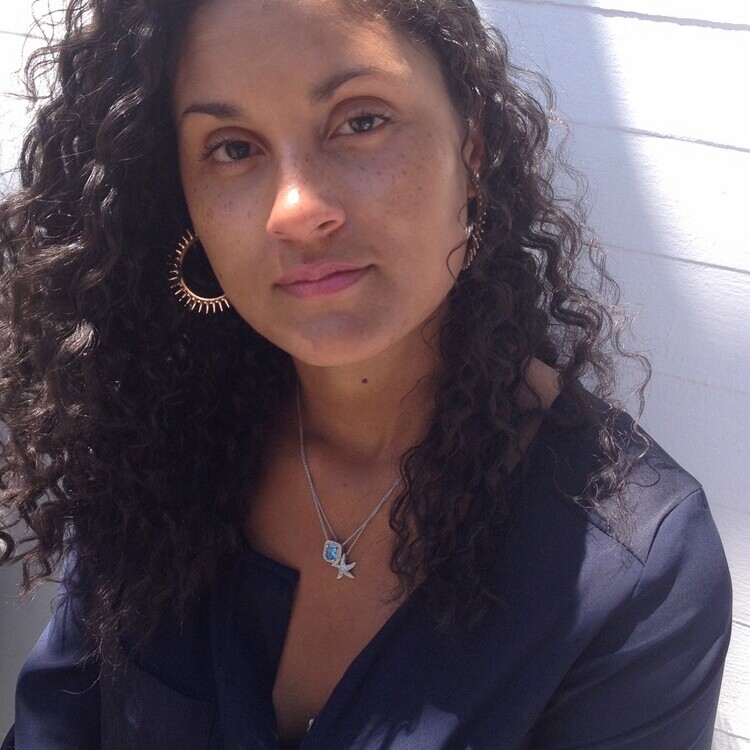
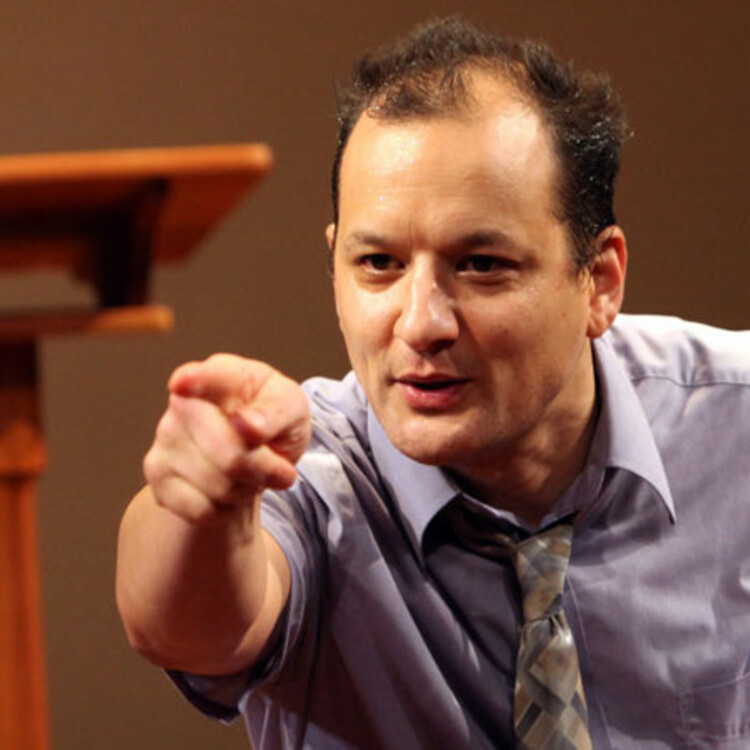
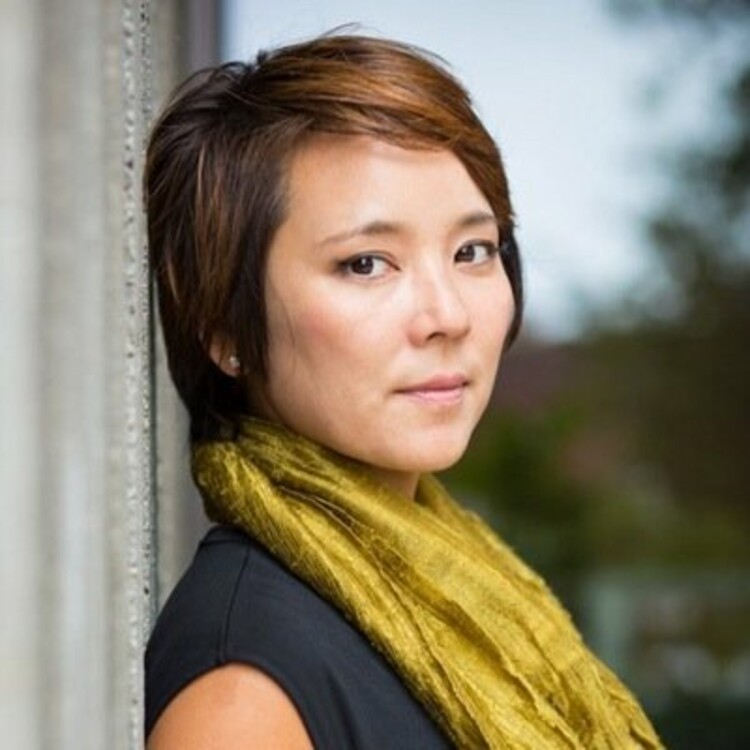

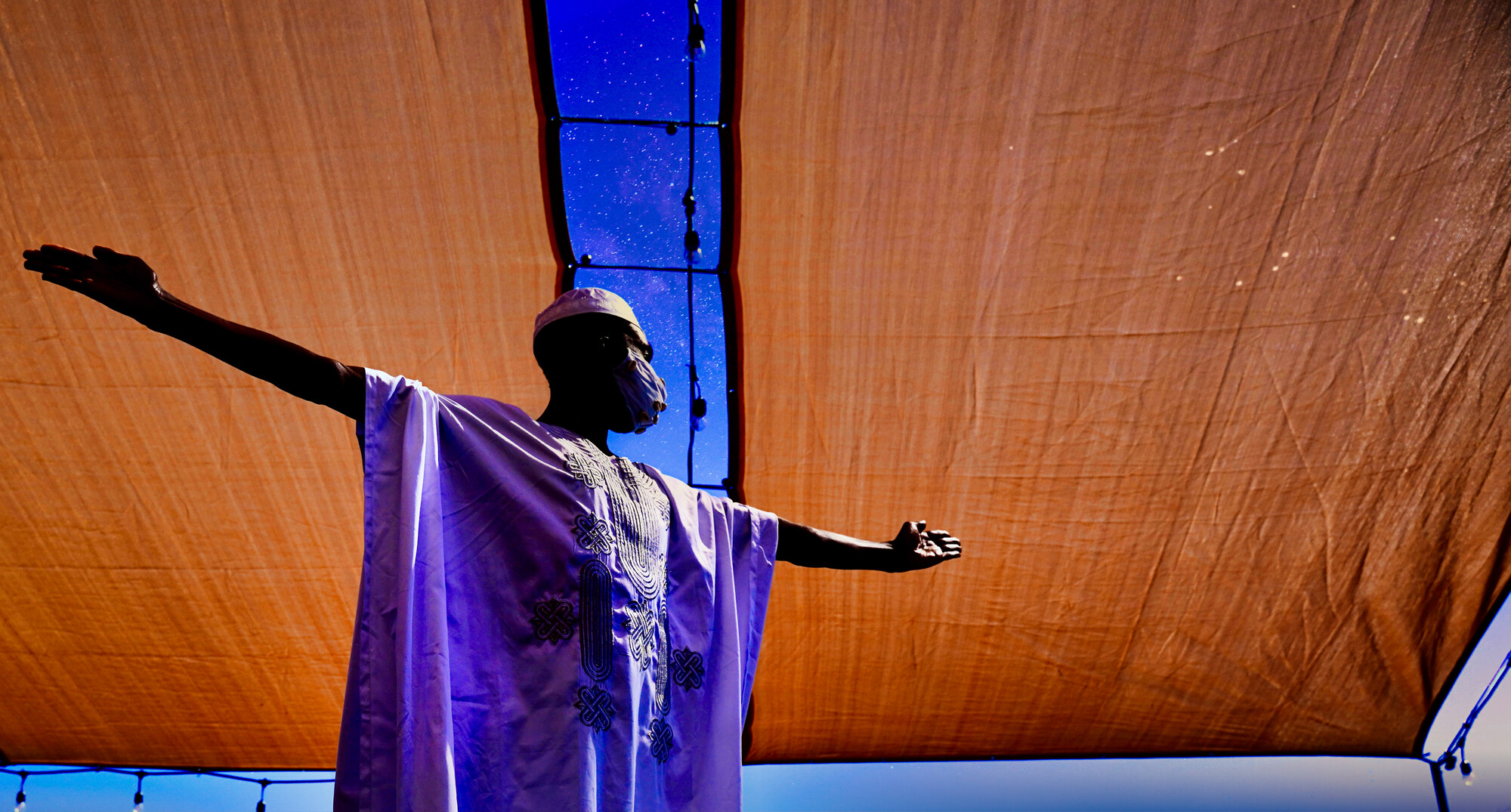





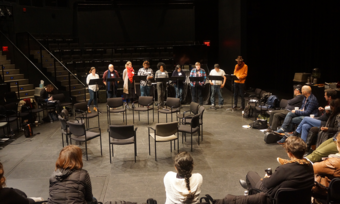


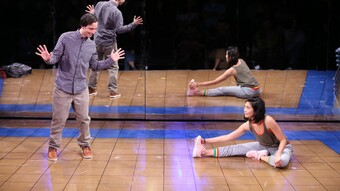


Comments
The article is just the start of the conversation—we want to know what you think about this subject, too! HowlRound is a space for knowledge-sharing, and we welcome spirited, thoughtful, and on-topic dialogue. Find our full comments policy here